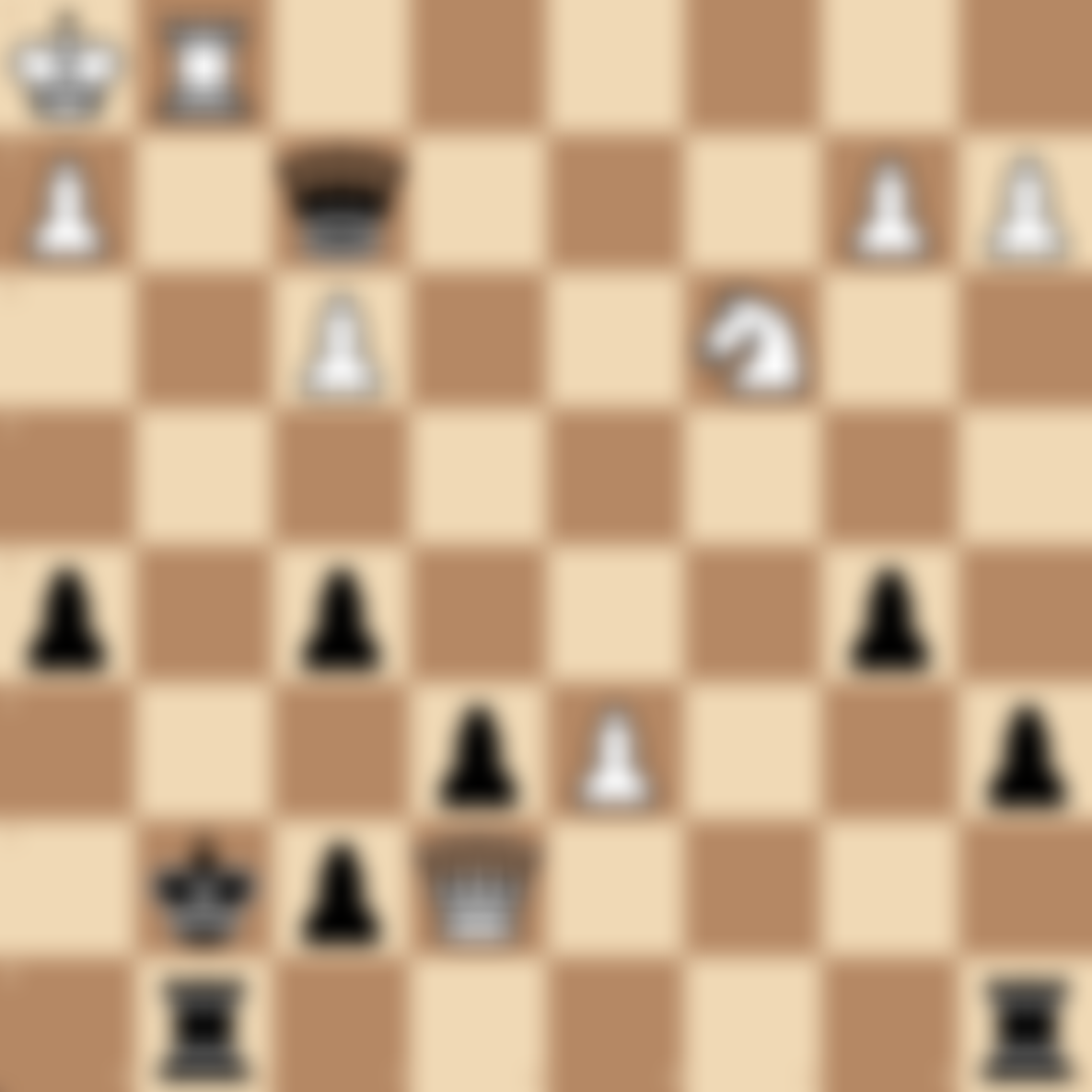Zugzwang in Chess: The Powerful Positional Trap
Table of Contents
- Introduction
- What is Zugzwang?
- Types of Zugzwang
- Zugzwang in Different Game Phases
- Famous Zugzwang Examples
- Creating Zugzwang Positions
- Recognizing and Avoiding Zugzwang
- Zugzwang in Endgame Studies
- Practice Zugzwang Puzzles
- FAQs
Introduction
Zugzwang is a fascinating and powerful concept in chess that can turn a seemingly equal position into a decisive advantage. At chesspuzzles.io, we've created this comprehensive guide to help you understand, recognize, and utilize zugzwang in your games. Whether you're an intermediate player looking to improve your endgame technique or an advanced player aiming to refine your strategic skills, this guide will provide valuable insights into the art of zugzwang.
What is Zugzwang?
Zugzwang is a German word that translates to "compulsion to move." In chess, it refers to a situation where a player would prefer to pass and make no move, but is compelled to move, resulting in a worsening of their position. The player in zugzwang faces a dilemma: any move they make will weaken their position, but they must move according to the rules of chess.
Understanding zugzwang is crucial for:
- Improving endgame technique
- Enhancing strategic play in all phases of the game
- Recognizing and creating winning opportunities in seemingly drawn positions
- Defending difficult positions effectively
Types of Zugzwang
Mutual Zugzwang
In mutual zugzwang, whichever side has to move is at a disadvantage. This often occurs in pawn endgames where the kings are in opposition.
Partial Zugzwang
Partial zugzwang occurs when a player has some moves that don't immediately lose, but all available moves worsen the position to some degree.
Zugzwang in Different Game Phases
- Opening: Rare, but can occur in some sharp variations
- Middlegame: More common, often in positions with limited piece mobility
- Endgame: Most frequent, especially in pawn endings and some rook endings
Famous Zugzwang Examples
- Sämisch vs. Nimzowitsch (1923): The famous "Immortal Zugzwang Game"
- Fischer vs. Taimanov (1971): Fischer creates a zugzwang in a queen endgame
- Karjakin vs. Carlsen (2016): A modern example in a world championship match
Creating Zugzwang Positions
- Limit your opponent's piece mobility
- Control key squares to restrict enemy piece movement
- Create pawn structures that hinder opponent's pieces
- Force your opponent to defend passively
- Gradually improve your position while maintaining flexibility
Recognizing and Avoiding Zugzwang
- Be aware of positions with limited piece mobility
- Look for moves that maintain flexibility in your position
- Create luft (escape square) for your king in endgames
- Avoid passive defense that could lead to zugzwang
- Study common zugzwang patterns, especially in endgames
Zugzwang in Endgame Studies
Zugzwang is a common theme in chess compositions and endgame studies. Some famous examples include:
- Troitzky's endgame study (1937): A classic zugzwang in a rook and pawn endgame
- Réti's endgame study (1921): A subtle zugzwang in a king and pawn ending
- Rinck's study (1902): A complex zugzwang involving multiple pieces
Practice Zugzwang Puzzles
Improve your ability to recognize and create zugzwang positions with our collection of specially designed puzzles on chesspuzzles.io:
Try our Zugzwang Puzzles on chesspuzzles.io now
These interactive puzzles will help you understand the subtle nuances of zugzwang and how to apply this concept in your games.
FAQs
Q: Is zugzwang always a winning advantage? A: While zugzwang often leads to a significant advantage, it's not always decisive. In some cases, particularly in mutual zugzwang situations, it may only lead to a small advantage or even a draw.
Q: Can zugzwang occur with all pieces on the board? A: Yes, although it's less common. Zugzwang can occur in any phase of the game, but it's most frequent in endgames with fewer pieces on the board.
Q: How can I improve my ability to create zugzwang positions? A: Study endgame positions, particularly pawn endings and rook endings. Practice puzzles focused on zugzwang, and analyze games where zugzwang played a crucial role. Regular practice on platforms like chesspuzzles.io can significantly improve your understanding and application of zugzwang.
Master the art of zugzwang to add a powerful strategic weapon to your chess arsenal! Ready to test your skills? Try our Zugzwang Puzzles on chesspuzzles.io now and learn to recognize and create these challenging positions in your own games.
